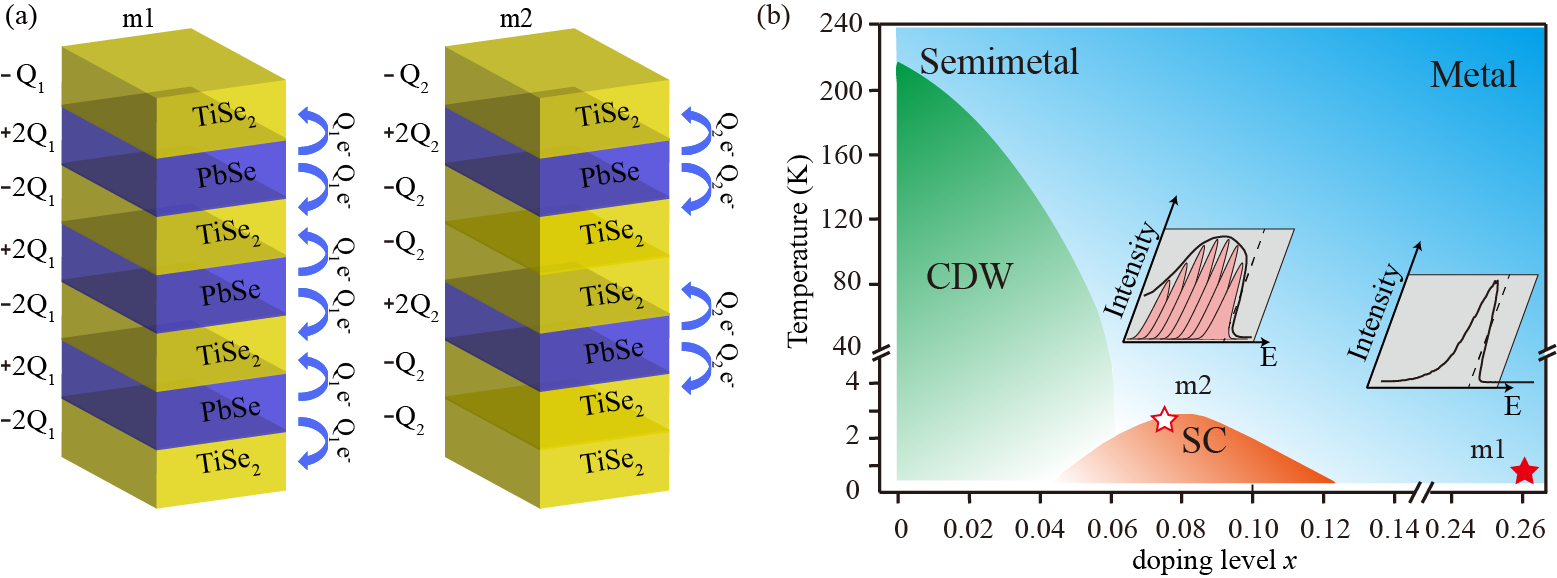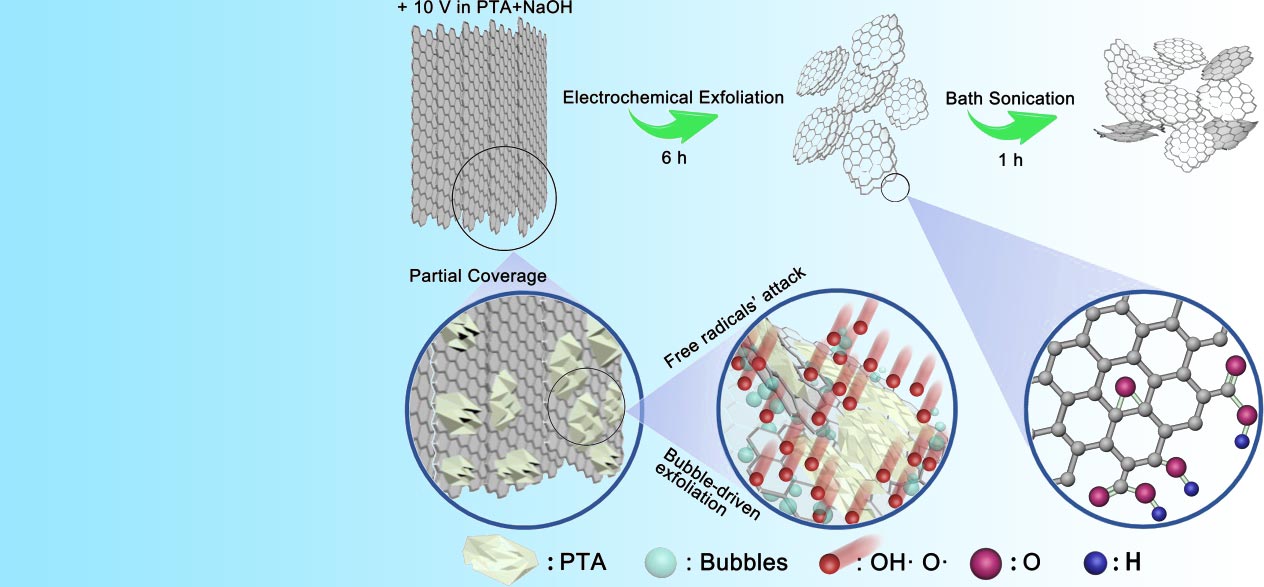-
27-03-2018
SIMIT won outstanding contributions awards and first prize in natural science in Shanghai Science and Technology Awar...
The Shanghai Science and Technology Awards Conference was held in the morning of March 23 in the Friendship Hall to celebrate the outstanding contributions and innovations in science and technology from the awardees. Dr. Wang Xi, a member of the Chinese Academy of Sciences[ Learn more ]
-
23-03-2018
SIGNIFICANT ACHIEVEMENT ON NATURALLY OCCURRING VAN DER WAALS HETEROSTRUCTURES MADE BY SIMIT
Recently, one research group from CAS Center for Excellence in Superconducting Electronics of SIMIT, leaded by Prof. Dawei Shen, successfully achieved the high-resolution low-lying electronic structure of (PbSe)1.16(TiSe2)m (m=1, 2), a kind of naturally occurring van der Waals heterostructures (VDWHs), using[ Learn more ]
-
16-03-2018
Miniaturizing superconducting nanowire single-photon detection systems
The researcher of Shanghai Institute of Microsystem, Lixing You has been invited to publish Viewpoint article in Superconductor Science and Technology. Recently, the researcher of Center for Excellence in Superconducting Electronics and State Key Laboratory of Functional Materials for Informatics, Dr. Lixing You has been invited by Superconductor Science and Technology (SUST), [ Learn more ]
-
07-03-2018
Positive Progress in Water-Dispersible Graphene Made by SIMIT
Due to the excellent physical and chemical properties (high electron mobility at room temperature of 15000 cm2/V·s, high thermal conductivity of 5000 W/m·K, high Young's modulus of 350 N/m etc.), graphene has been widely [ Learn more ]
-
15-01-2018
Significant achievement on thermoelectric materials research made by SIMIT
Recently, one research group from CAS Center for Excellence in Superconducting Electronics of SIMIT, leaded by Prof. Dawei Shen, successfully achieved the high-resolution low-lying electronic structure of SnSe, a thermoelectric material currently maintaining the highest thermoelectric figure of merit[ Learn more ]





